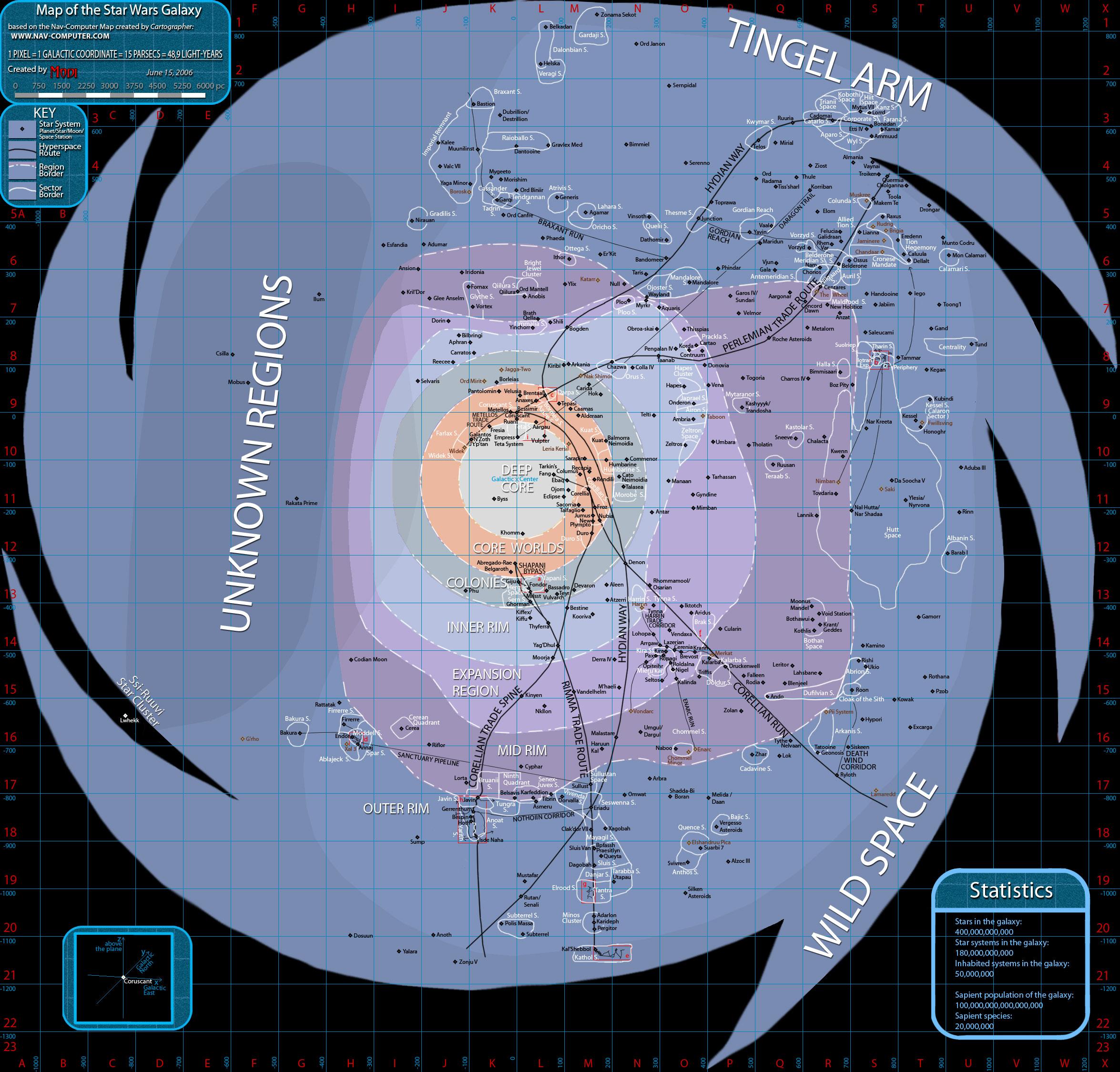In the midst of the Cold War nuclear arms race in 1983, President Ronald Reagan proposed a Strategic Defense Initiative aimed at mounting defensive weapons in space to shield the United States from a Soviet nuclear attack.

Perhaps in part because of Reagan’s own publicly-stated conviction that Armageddon, as predicted in the Bible, was at hand, the proposed initiative raised anxiety levels around the world and was promptly labeled “Star Wars.”
Some of these anxieties were relieved by the signing of the first Strategic Arms Reduction Treaty (START) by the U.S. and U.S.S.R. in 1991 and the subsequent Strategic Offensive Reduction Treaty with Russia in 2001, requiring reductions in nuclear weapons in both countries.
Despite the fact that the sanity of the nuclear arms race was challenged around the world, technological junkies and arms manufacturers have been busy on another Star Wars adventure. This time, it’s developing weaponized drones (euphemistically called unmanned aerial vehicles). [In our next post we will consider Autonomous Weapons Systems (AWS).]
Nuclear weapons were terrifying in part because they were likely not only to vanquish any “enemies” almost immediately but also to leave in their wake destruction and contamination that could destroy life on earth. In contrast, weaponized drones and other modern “miracle” weapons are touted for their ability to zero in on individual bad guys. What could be more precise? More humane? More just?
Our own President has said that their use will be guided by just and moral principles but national and international anxiety is once again high. A recent study indicates that drones have killed more civilians than manned aircraft in Afghanistan.
Kathie Malley-Morrison, Professor of Psychology

